With just three months to go to Christmas the question is can you move home in time? This Christmas will you be giving the kids a bigger chimney for Santa to climb down? Will you now have enough room for both sets of in-laws to stay over? In thirteen weeks it’s not going to be easy. You’ve got to find a new place to live, sell your current home and move out – and in. Can it be done?
Well Peter Ward Homes certainly think so and in the past number of years their buyers have done just that!
“Buying a new house in the Autumn and run up to the Festive Season means there is little time to get settled in before the end of December celebrations start and the New Year begins” said Sales Representative Craig Maurier, who is based at the company’s Habrough Fields, Immingham site. “It does mean you need to move quickly.
For those who want to sell their existing property then its a possibility but you will need to be organised. In this Blog we try to help those people who have set their sights on a Christmas move whether to one of our new homes or into an older property.
Once you decide to sell up you need to find and appoint an Estate Agent. To sell your home quickly we wouldn’t advise self-sell, if you do this you are relying on passing traffic or your own promotion. By using an agent they get you the buyer because that’s what they do! But therein lies the problem how do you stand out from the rest of their properties. One tip is to incentivise your estate agent. For example ask three agents to value your home and to pitch you their services. At the end, when they tell you what percentage of the sale will be their fee, tell them you will give them an additional 1% if they sell your home in a month or ½% if they sell it in two. Assess their presentation, services and response to your question and choose who you think is the best one. Remember nothing focuses an Estate Agents mind more than earning their fee!
So once you have appointed your agent what’s next. Well obviously you need to find your new home. In the case of Peter Ward Homes we have plots at Habrough Fields in North Lincolnshire that are either ready now or you will be able to move into by Christmas

You can be in your new home for the Festive Season
“We have a lot of experience in getting people moved quickly” said Craig “For example we have three of our 4 bed Sandridge housetypes for sale at Habrough Fields. Two are ready now and the third is the Show Home, that comes fully furnished. This will be ready to move into at the end of November. That gives time for the legal completion and moving in to take place”.
The story is the same for the other three 4 bed homes at Habrough. One is completed and ready to move into and the other two are due for completion in October and November. This gives buyers plenty of time to reserve plots and, if necessary, get existing homes on the market.
So, you have sorted out who is selling your old home and where you are buying the new one. Now there is just everything else that has to be done in between. Like a lot of things in life there is a Five Point Plan that will make this stage a success too:
STEP 1 Prepare your existing home for sale…
The obvious things are to tidy every room up and take out the clutter, do any necessary redecoration and make rooms look attractive to potential buyers. So turn that junk room back into a bedroom, clean the kitchen, put flowers in the living room and pot pourri in the bathroom. Look at your home as if you were buying it. Spend more time cleaning and tidying than baking bread and putting the percolator on!
STEP 2 Organise the purchase of your new home…
Establish all the costs including the sale price of your new home, all fees for conveyancing and moving, not forgetting stamp duty. Check you have enough money from the sale price of your existing home plus your savings and additional mortgage combined, for the new property. Don’t forget you may have to haggle over the price of your existing home so knock 5% off the price if you want to be on the safe side!
STEP 3 Choose someone you know or who are recommended for the conveyancing…
Some “busy” solicitors just firefight, giving their time and attention to your sale and purchase only when a problem arises. Ask friends if they would recommend the conveyancers they used? Look at hiring solicitors who offer a fixed-price No sale, No fee service. Explain that you have a deadline and if they can’t meet it they need to be honest. If not you will make their life a misery. And once you have chosen don’t be a pest but do cajole. And ask for milestone dates when things should be done by.
STEP 4 Secure your mortgage as early as possible…
You need to meet with your bank, building society or independent broker to see how much you can borrow and discuss whether a fixed or variable rate is best, repayment or interest only. Many people find that dealing direct with banks and building societies is a longer process, so consider a broker. Discuss timescales with your mortgage provider as lenders do have backlogs. For that first meeting take along your past three months’ pay slips and at least two annual P60’s. Provide details of any life assurance and if necessary pension arrangements. If you have any investments including deposit accounts ISA’s or shares bring proof of ownership. Print off bank statements from the past twelve months and take a utility and council tax bill. If self-employed, you will need at least three years of audited accounts. And proof of identity is a good idea, a passport is best. All this will help speed up the process. If you need to supply anything further try to take it in to the lender rather than post it.
STEP 5 Contact the removal company…

Even though you don’t have a date, start to look at removal companies and save money by shopping around. If you move close to Christmas, bear in mind that removal firms get booked up and prices could rise. At your existing home, start to pack things away. Any large items or garage clutter can be put into temporary storage. Start thinking about time off work and save at least two days for the move. Moving mid-week is normally cheaper and gives you two extra weekend days.
So now you are all primed up what other advice is there for you? A great website to visit is reallymoving.com, a price comparison site with loads of advice on moving and that lists suppliers of services including solicitors, surveyors and removals. Right Move have some comprehensive guides and the Home Owners Alliance website (hoa.org.uk) is packed full of useful information. And don’t forget if you’re buying a home in East Yorkshire or Northern Lincolnshire spend some time looking at the Peter Ward Homes website. After all we brought you this article so we know it works! Happy moving and let us be the first to wish you a Merry Christmas in your new home.



 Important too were the improved levels of comfort that this brings. The report shows that energy bills for a new build four-bedroom detached house are estimated at £1,050 – saving £1,400 compared to those of a 19th century house.
Important too were the improved levels of comfort that this brings. The report shows that energy bills for a new build four-bedroom detached house are estimated at £1,050 – saving £1,400 compared to those of a 19th century house.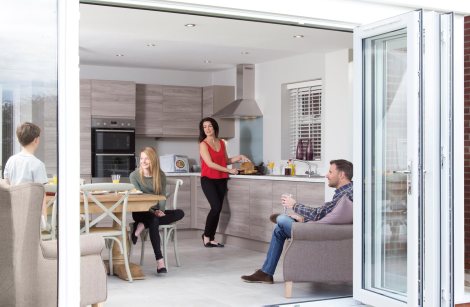 However it was interesting to note that the advantages purchasers saw in buying a new home extend beyond the property itself. Many of the new homeowners surveyed considered that moving to a new development was also an attraction, allowing the opportunity to make new friends and neighbours in a new community.
However it was interesting to note that the advantages purchasers saw in buying a new home extend beyond the property itself. Many of the new homeowners surveyed considered that moving to a new development was also an attraction, allowing the opportunity to make new friends and neighbours in a new community.

 Wardrobes aren’t child user friendly but pull out storage boxes are. And think about bookshelves so they can find their favourite book of the moment. As they get older start to introduce some more grown up furniture. And a tip if you can’t afford new teen furniture, let them loose with stickers and paint – after all its their bedroom and they have to live (and sleep) in it!
Wardrobes aren’t child user friendly but pull out storage boxes are. And think about bookshelves so they can find their favourite book of the moment. As they get older start to introduce some more grown up furniture. And a tip if you can’t afford new teen furniture, let them loose with stickers and paint – after all its their bedroom and they have to live (and sleep) in it! When it comes to the bed choose one with lock down wheels (so it can be easily moved around the room and make way for some play space) and theme it. Thinking in this way you will get the best out of the room and not have to redecorate each time the new craze arrives!
When it comes to the bed choose one with lock down wheels (so it can be easily moved around the room and make way for some play space) and theme it. Thinking in this way you will get the best out of the room and not have to redecorate each time the new craze arrives!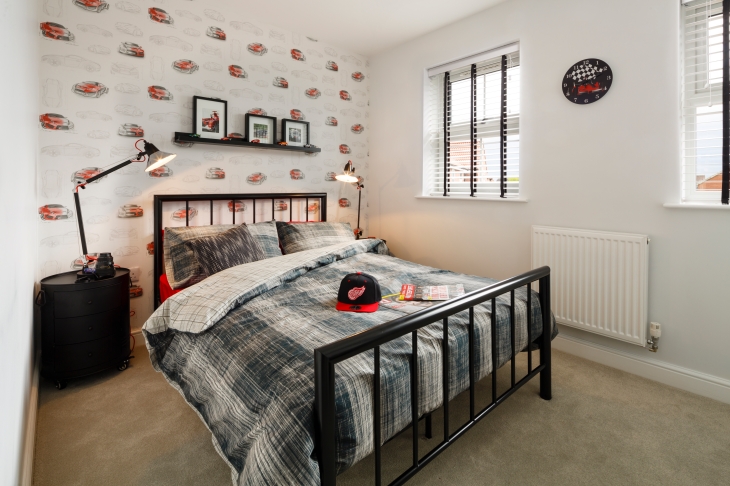
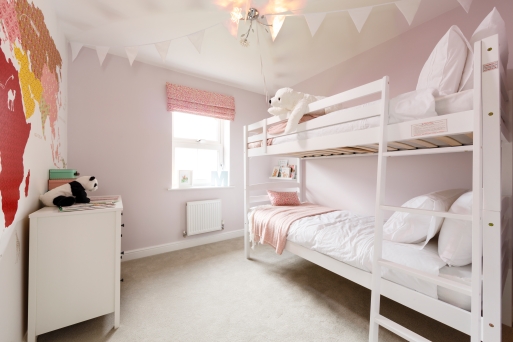 In the case of younger children play is an important element of their development so make their bedrooms a place they want to go and play in. Try and introduce “educational” elements but in a fun way. make a bedroom desirable and it will be appreciated and used.
In the case of younger children play is an important element of their development so make their bedrooms a place they want to go and play in. Try and introduce “educational” elements but in a fun way. make a bedroom desirable and it will be appreciated and used. Thinking about the way you allocate rooms is important, is one better suited than another to a particular child’s age? Most of all make your children’s bedroom an exciting place to be in and, no matter what their age, they will benefit in all sorts of ways.
Thinking about the way you allocate rooms is important, is one better suited than another to a particular child’s age? Most of all make your children’s bedroom an exciting place to be in and, no matter what their age, they will benefit in all sorts of ways.



 Problem is that many of us aren’t gardeners any more. By comparison our parents grew up in a generation of gardeners. Often for baby boomers and those generations afterwards gardening is a must do activity. But modern new homes come with gardens, at Peter Ward Homes for example we do not sell homes without front and back gardens. So how’s about using them to your advantage!
Problem is that many of us aren’t gardeners any more. By comparison our parents grew up in a generation of gardeners. Often for baby boomers and those generations afterwards gardening is a must do activity. But modern new homes come with gardens, at Peter Ward Homes for example we do not sell homes without front and back gardens. So how’s about using them to your advantage! To get your kids over this plant some fruit and vegetable seeds that they can eat once they have been harvested,. This way they can really see the results of all their hard work. Herbs are very easy to grow, and can even be cultivated on a sunny windowsill inside or out. Great if you don’t have a very large or accessible garden.
To get your kids over this plant some fruit and vegetable seeds that they can eat once they have been harvested,. This way they can really see the results of all their hard work. Herbs are very easy to grow, and can even be cultivated on a sunny windowsill inside or out. Great if you don’t have a very large or accessible garden.
 Dawns website is just packed with all the things you’ll need. There are Blogs, tips in fact it’s a one stop shop for children and adult gardening. Take a look and get some inspiration. Here are some ideas she has for young gardeners
Dawns website is just packed with all the things you’ll need. There are Blogs, tips in fact it’s a one stop shop for children and adult gardening. Take a look and get some inspiration. Here are some ideas she has for young gardeners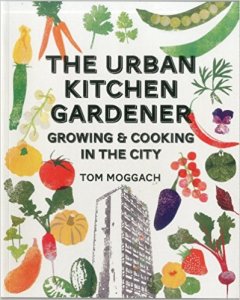
 Here are some kids gardening ideas from the trendy twosome:
Here are some kids gardening ideas from the trendy twosome:

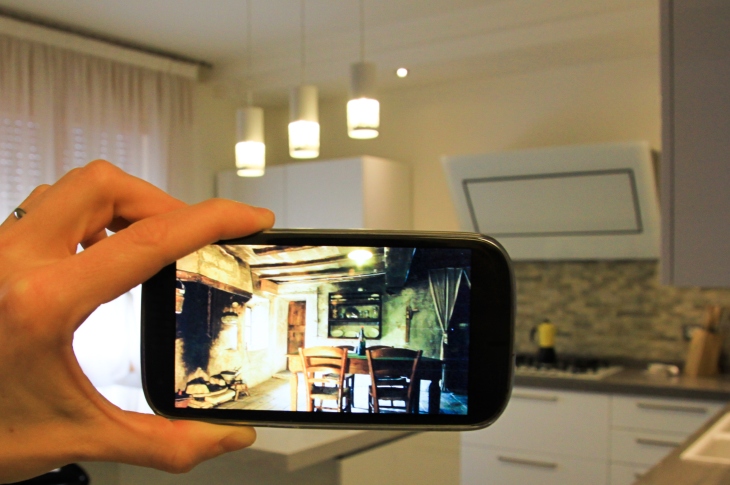




 For those who want to move into a new home its still a possibility but you will need to be organised. And here is some bad news, if you are an existing homeowner there probably isn’t enough time to get your own property on the market and sold. So we are concentrating here on people who have already sold their property, are renting or living at home. In this Blog we try to help those people who have set their sights on a Christmas move to a brand new home.
For those who want to move into a new home its still a possibility but you will need to be organised. And here is some bad news, if you are an existing homeowner there probably isn’t enough time to get your own property on the market and sold. So we are concentrating here on people who have already sold their property, are renting or living at home. In this Blog we try to help those people who have set their sights on a Christmas move to a brand new home.


 If you aren’t so lucky and you have been renting and acquired “stuff” start to look at removal companies and save money by shopping around. If you move close to Christmas, bear in mind that removal firms get booked up and prices could rise. At your rented home, start to pack things away. Any large items or garage clutter can be put into temporary storage. Start thinking about time off work and save at least two days for the move. Moving mid-week is normally cheaper and gives you two extra weekend days.
If you aren’t so lucky and you have been renting and acquired “stuff” start to look at removal companies and save money by shopping around. If you move close to Christmas, bear in mind that removal firms get booked up and prices could rise. At your rented home, start to pack things away. Any large items or garage clutter can be put into temporary storage. Start thinking about time off work and save at least two days for the move. Moving mid-week is normally cheaper and gives you two extra weekend days.
